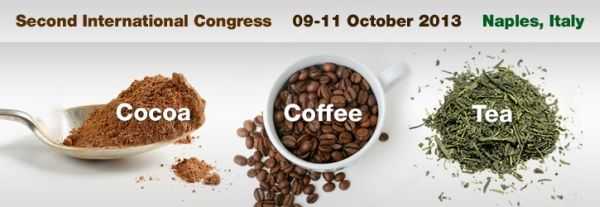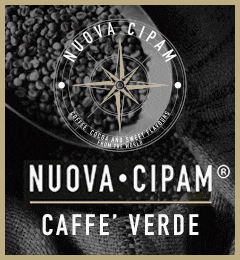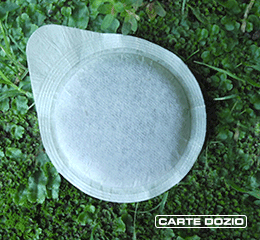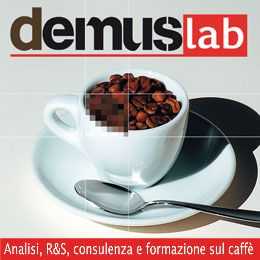Condividi con noi le tue storie legate al caffè scrivendo a direzione@comunicaffe.it.
Freimüller Leischtfeld S.1, Paulo Afonso Rossignoli3, Kroslakova I.2, Peña Barrera S.1, Fenske, L. 1, Gantenbein-Demarchi, C. 1, Miescher Schwenninger, S.1 1Institute of Food and Beverage Innovation, Zurich University of Applied Sciences, Wädenswil, Switzerland. 2Institute of Chemistry and Biological Chemistry, Zurich University of Applied Sciences, Wädenswil, Switzerland.
3Faculdade de Nutrição / Univarsidade Federal do Mato Grosso / Cuiabá /Brasilia E-mail: susanne.miescher-schwenninger@zhaw.ch
Fermentation of cocoa beans is recognized as the most relevant step in the production of the principal raw material for chocolate as it is the process where the characteristic and unique flavour compounds and flavour precursors originate. This spontaneous process is performed in the cocoa-producing countries mainly located in Central and South America and Africa and is characterised by a succession of yeasts, lactic acid bacteria, and acetic acid bacteria.
The identification of the dominant microflora is an important means of gaining a deeper understanding of this complex process involving microbial activities in the pulp followed by a progression of endogenous enzyme reactions in the cocoa bean.
In this study, we used an in-house developed strategy for the characterization of the dominant microflora of cocoa bean fermentation based on MALDI-TOF MS. The microflora of cocoa beans was monitored during 10-day fermentation (1500-kg scale) in Bolivia and 6-day fermentation (3- to 12-kg scale) in Brazil with 24-hour sampling interval.
Samples were taken from four defined parts of the fermentation box and serial dilutions were plated on MRS for lactic acid bacteria (LAB), YPM and EGM for acetic acid bacteria (AAB), and YGC for yeasts and moulds. A number of 5 colonies from each sample and medium was randomly selected resulting in 1182 isolates that were transported to Switzerland for fur further identification with MALDI-TOF MS. The LAB group showed a clear dominance of Lactobacillus plantarum in Bolivia (47%) and Brazil (74%), followed by Lactobacillus amylovorus / Pediococcus acidilactici (each 17%) and Lactobacillus fermentum (10%) in Bolivia and Lactobacillus fermentum (17%) and Lactobacillus pentosus (7%) in Brazil.
A similar species dominance was recognized for AAB with a dominance of Acetobacter pasteurianus (29%), followed by Gluconobacter oxydans (17%) in Bolivia and Gluconobacter oxydans (89%) followed by Acetobacter pasteurianus (11%) in Brazil. The yeast group comprised Debaromyces etchellsii (21%), Hanseniaspora opuntiae / Candida rugosa (each 14%) and Saccharomyces cerevisiae (10%) in Bolivia compared to Candida krusei (68%), Hanseniaspora opuntiae (15%) and Pichia manschurica (14%) in Brazil.
With this study, the high efficiency of MALDI TOF-MS for the analysis of microorganisms from a complex microbiota was confirmed enabling a fast and high-throughput identification. Furthermore, a unique dominance of specific species was observed during cocoa bean fermentation concomitant with local variations.
Acknowledgment:
The cooperation with Monika Schneider (FiBL; Research Institute of Organic Agriculture; Switzerland) for the studies carried out in Bolivia and with Paulo Afonso Rossignoli (Universidade Federal de Mato Grosso; Brazil) for his support in the activities in Brazil is highly appreciated.















